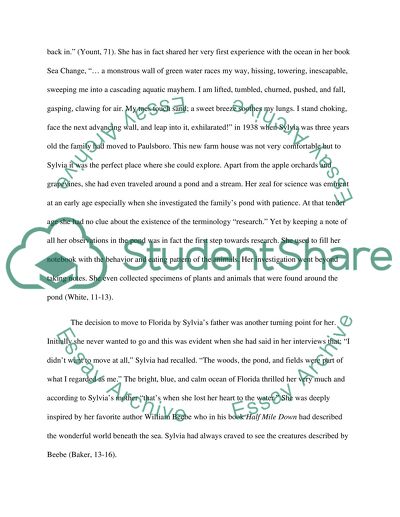Cite this document
(“Sylvia Earle Term Paper Example | Topics and Well Written Essays - 3750 words”, n.d.)
Sylvia Earle Term Paper Example | Topics and Well Written Essays - 3750 words. Retrieved from https://studentshare.org/literature/1580331-world-oceans-2
Sylvia Earle Term Paper Example | Topics and Well Written Essays - 3750 words. Retrieved from https://studentshare.org/literature/1580331-world-oceans-2
(Sylvia Earle Term Paper Example | Topics and Well Written Essays - 3750 Words)
Sylvia Earle Term Paper Example | Topics and Well Written Essays - 3750 Words. https://studentshare.org/literature/1580331-world-oceans-2.
Sylvia Earle Term Paper Example | Topics and Well Written Essays - 3750 Words. https://studentshare.org/literature/1580331-world-oceans-2.
“Sylvia Earle Term Paper Example | Topics and Well Written Essays - 3750 Words”, n.d. https://studentshare.org/literature/1580331-world-oceans-2.


